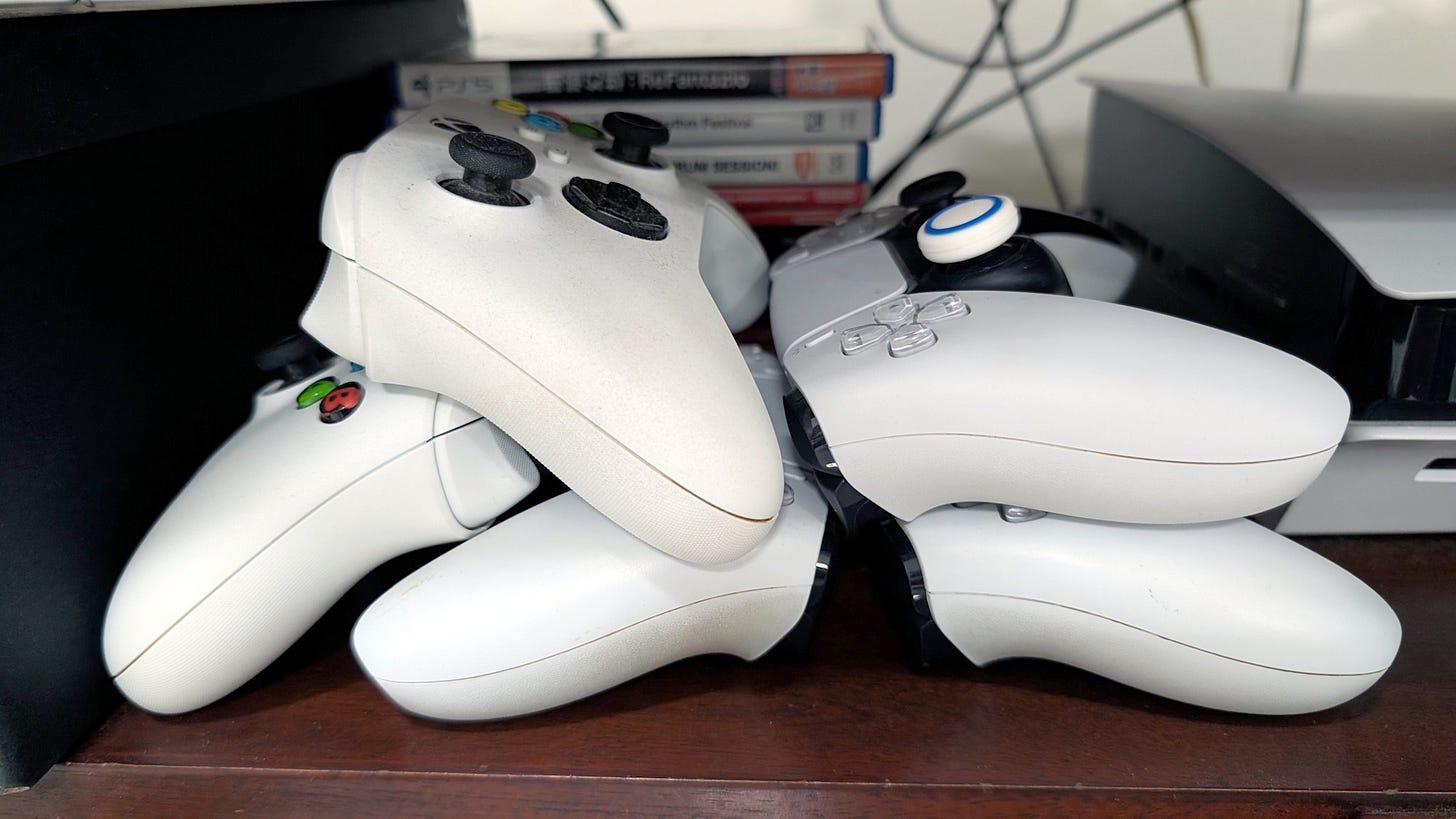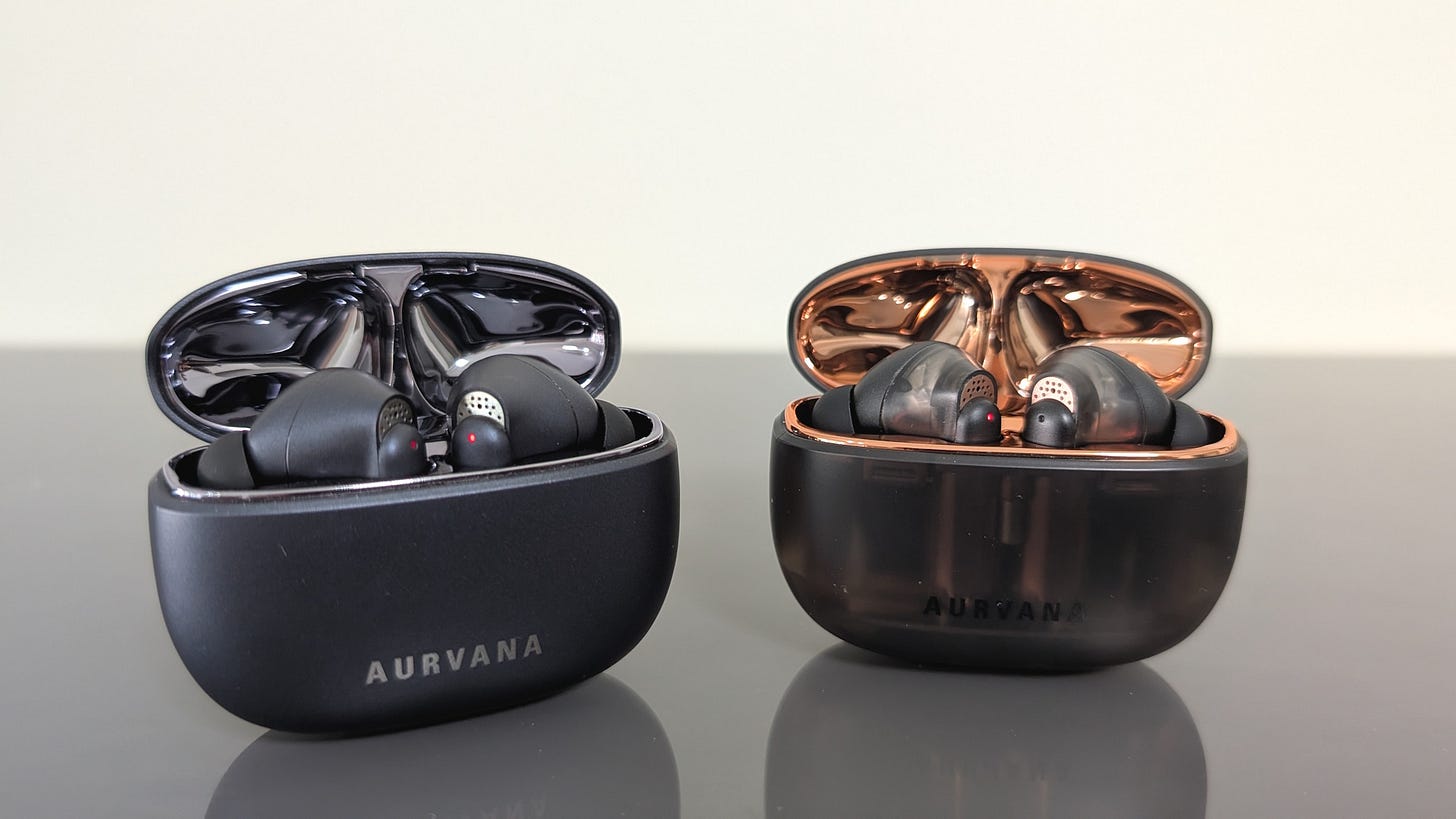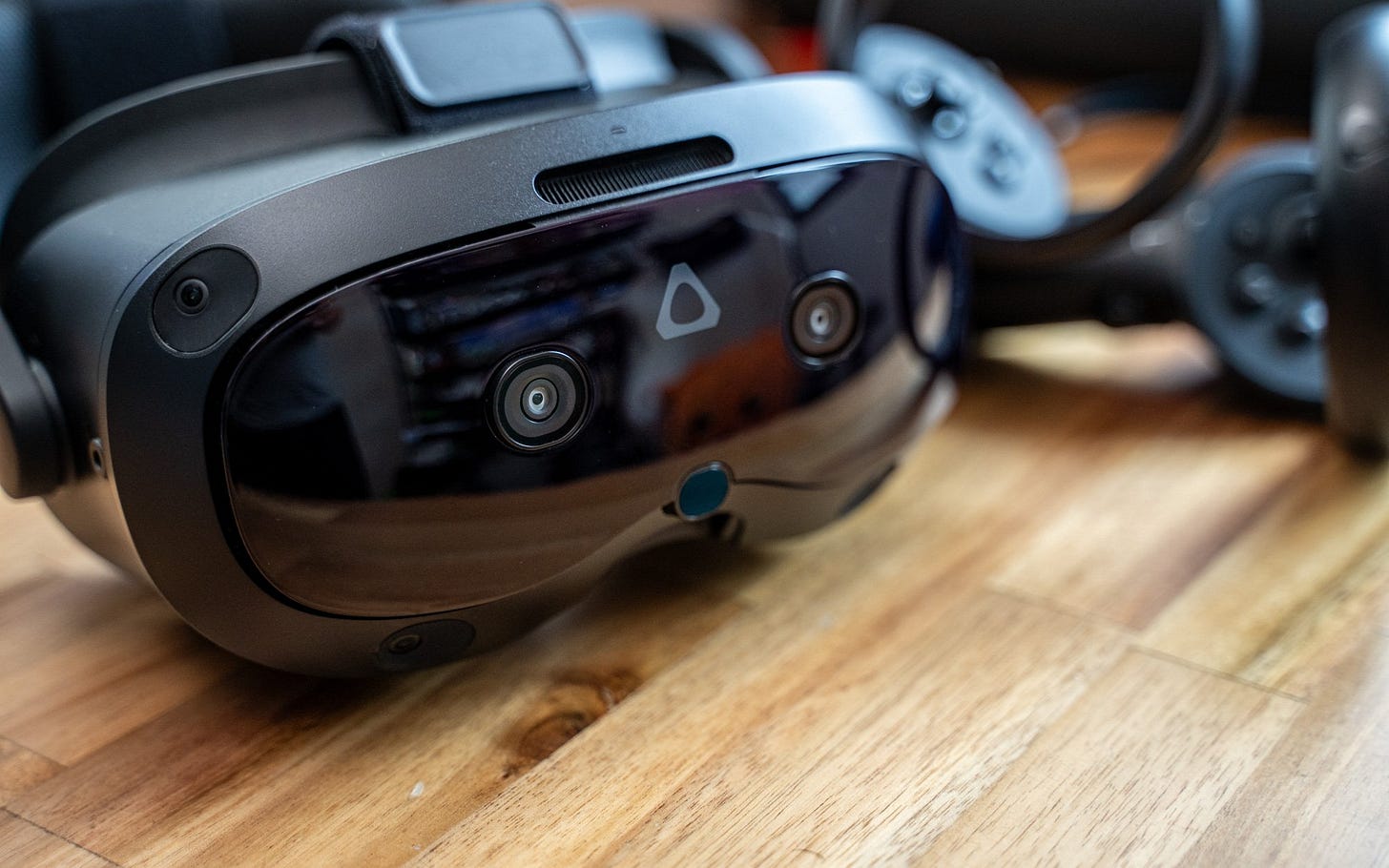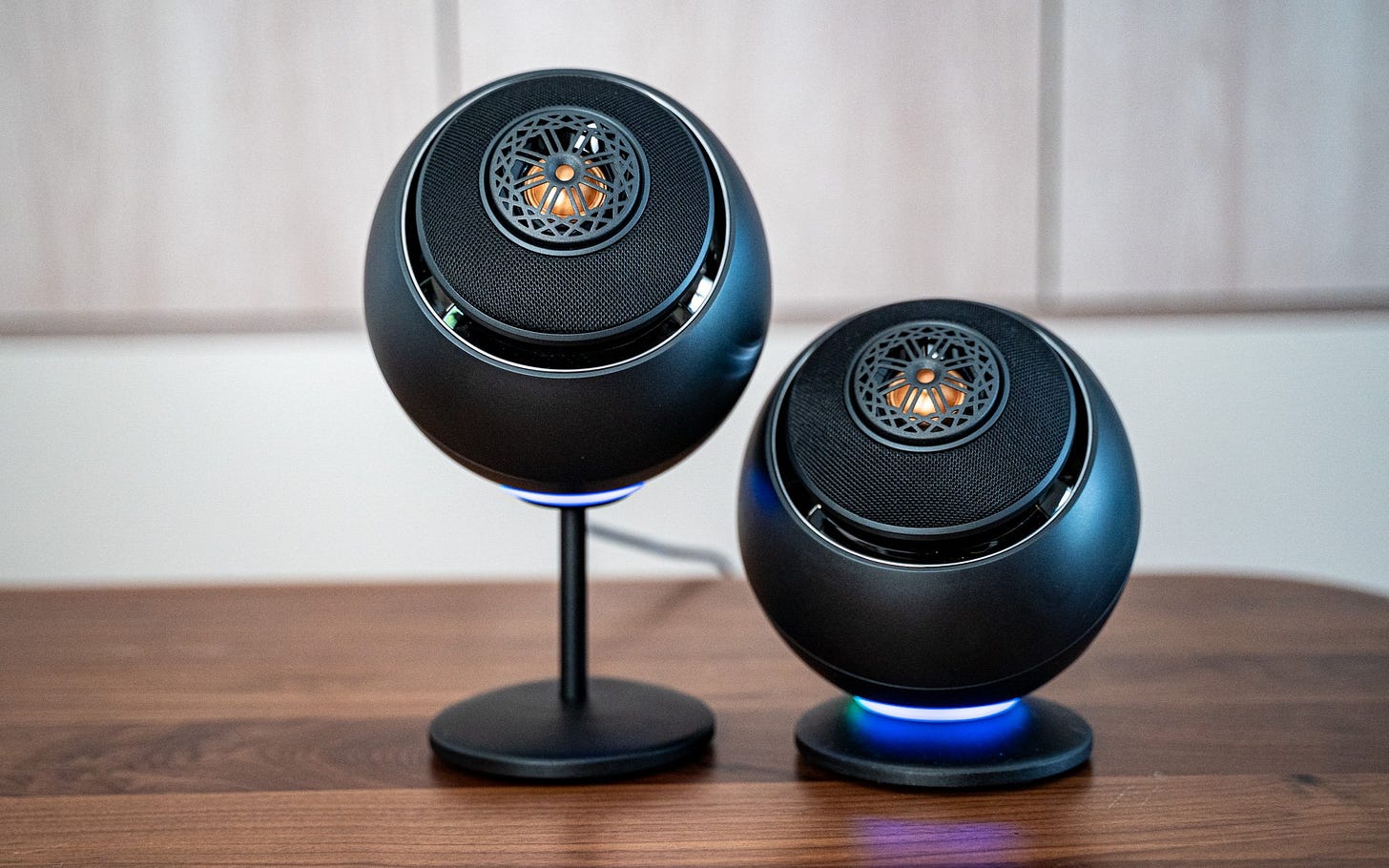The bane of my controllers
They don't make them like they used to
My last tech purchase for 2024 was a Sony DualSense 5 Wireless Controller. It’s my fifth controller for the PlayStation 5, which will be exactly four years old at the end of this month. I have also gone through three Xbox Wireless Controllers in around three years. And before you ask, no, I don’t toss my controllers around carelessly. But there’s definitely a problem when I have spent more money on new controllers over the past four years than an Xbox Series S console.
With the exception of one controller that had a wonky button, all my faulty controllers suffer from stick drift, where the joystick seems to be moving by itself in a game even when I’m not touching it. This ghostly input is often due to dust accumulation or wear and tear. And while the former can be fixed with a can of compressed air, the latter often requires changing the faulty potentiometer in the controller.
According to the shopkeeper who sold me my latest PS5 controller, stick drift is more common in this generation of controllers. Many of his customers had to send their PS5 controllers to Sony for repair within the one-year warranty period. In comparison, he said it took years before stick drift manifested in PS4 controllers. For those out-of-warranty cases, he charges S$45 to fix stick drift, and sells refurbished PS5 controllers for around S$80. A brand-new PS5 controller costs S$107 at retail.
It’s all anecdotal, of course, though you can easily find articles about stick drift affecting PS5 controllers from years ago. It’s not just Sony and Microsoft. Nintendo’s Joy-Con drift problem is well-documented. It’s clear that the gaming industry is not going to fix this long-standing problem. And there’s an easy fix: Switching to Hall effect sensors, which rely on magnets, would solve the physical wear-and-tear cause of stick drift.
But we can’t rely on console makers to do the right thing, not when potentiometers cost less than Hall effect sensors. While class-action lawsuits have been filed in the past about stick drift, nothing has changed. The one bright spot is that some newer handheld gaming PCs like the MSI Claw and Lenovo Legion Go come with Hall effect joysticks. However, one can only imagine the amount of e-waste from faulty controllers that simply go into the bin. It’s disappointing, especially since the same companies like to talk up their sustainability efforts, but this is a topic that they appear reluctant to address.
This week, we auditioned Creative’s latest audio products, including a pair of powerful desktop speakers, and true wireless earbuds that adapt to your hearing ability. We also found time to try some VR with HTC’s Vive Focus Vision headset, which can work by itself, or when tethered to a PC.
Creative’s new Aurvana Ace Mimi true wireless earbuds are similar to last year’s Aurvana Ace 2, and sport the same solid-state driver. But the new version adds a personalised audio feature that adapts the sound to your hearing ability after conducting a hearing test via the Creative app. The Ace Mimi is also cheaper at launch than its predecessor, which is just the icing on the cake.
You don’t need a powerful PC to use the HTC Vive Focus Vision virtual reality headset. But connecting it to a VR-capable computer can boost the refresh rate from 90Hz to 120Hz. Whether you’re using it as a standalone or tethered, this VR headset is good, with hand and eye tracking, great audio, and good battery life. But you can expect to pay a hefty price for its features and performance.
One of the more premium PC speakers in Creative’s Pebble lineup, the new Pebble Nova offers excellent sound. Its striking design will also stand out on your desk, especially if you enable its RGB lighting. It’s quite a powerful speaker, too, and runs at 100W at peak. At a moderate volume, you’ll get clear and detailed sound, while the bass is punchy, but not too overwhelming. A great addition to your PC setup if you’re a heavy music listener.





